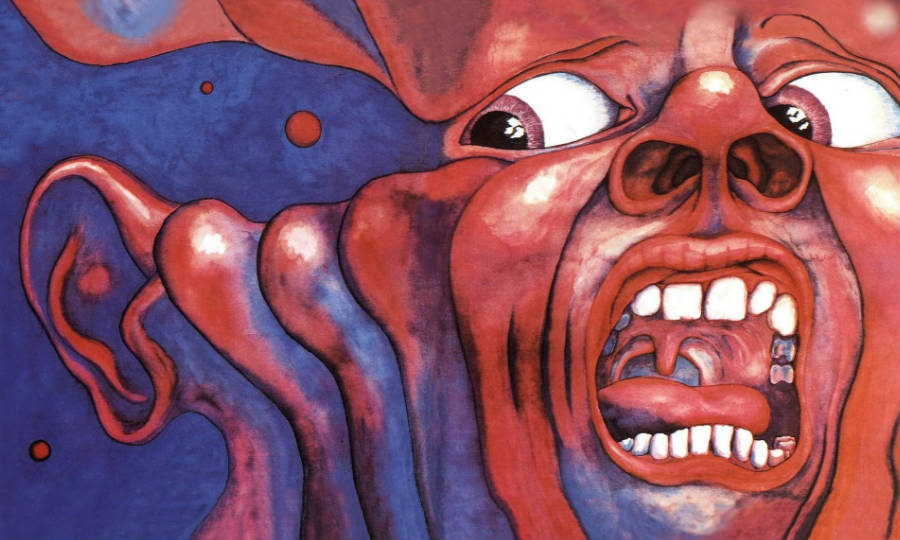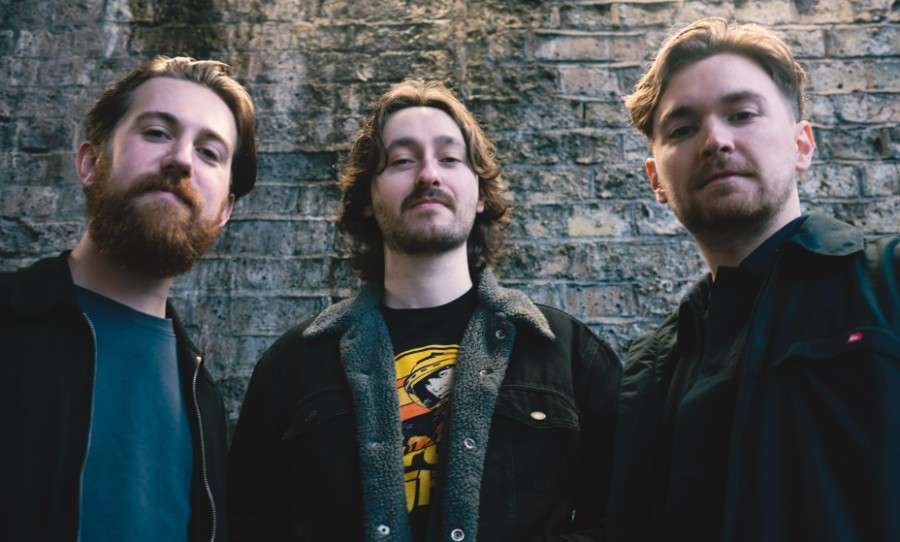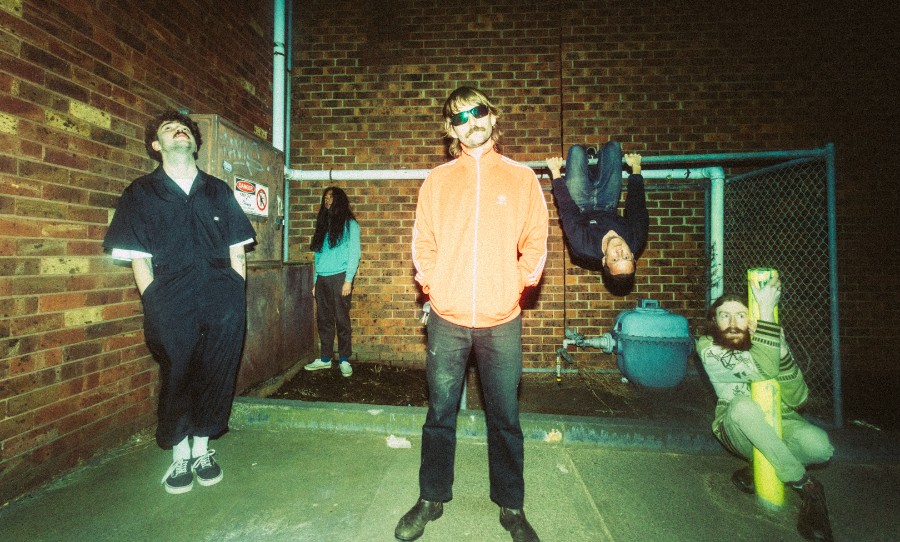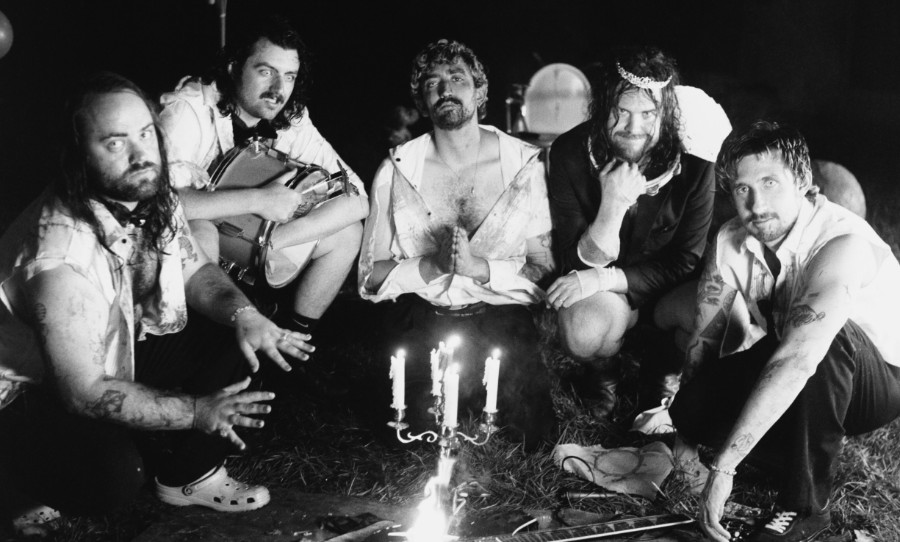In The Court of the Crimson King remains a landmark album for progressive rock and continues to inspire, more than 50 years after its release.
It was the group Jimi Hendrix famously called the best band of all time. It’s now been over half a century since the In The Court of the Crimson King released, and today we’re looking back on the progenitor of progressive rock.
Featuring some of the most ‘schizoid’ and memorable album art ever made, the debut album from King Crimson remains a high watermark for rock music and a surreal work of power and originality.
An answer to the hippie era
At moments, In The Court of the Crimson King is haunting. From the estranged, apocalyptic lyrics of Epitaph to the quiet screams of woodwind flutes, there is a terrible wooziness to King Crimson’s 1969 debut. The lyrics of Greg Lake don’t sit easily alongside the tenets of free love that many of his contemporaries were spruiking at the time. From the quiet spaces to the raging cacophonous peaks, In The Court Of The Crimson King is a feat of sonic mastery and expert experimentation.
While a lot of rock in the ’60s was concerned chiefly with blues, King Crimson dared to blend it with elements of jazz, classical and symphonic music, fusing deeply emotional lyrics with headbanging rockouts.
Consisting of drummer Michael Giles, bassist Peter Giles, guitarist Robert Fripp, multi-instrumentalist Ian Mcdonald, guitarist and singer Greg Lake and lyricist, roadie and art strategist Peter Sinfield, the band began jamming every night from 6-10 pm, engaging in highly improvised sessions where it soon became evident they would work without compromise.
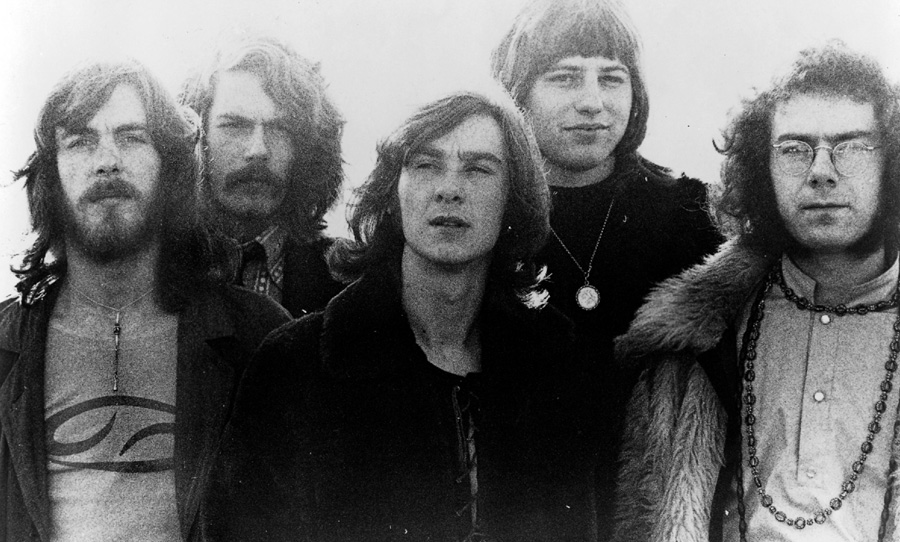
The breakthrough gig
The band’s major breakthrough came after being offered a support slot for The Rolling Stones on 5 July 1969. It was a free concert at Hyde Park to commemorate the passing of Brian Jones and they played to almost 500,000 people. The show was a huge success and has been poetically described as the death of Brian Jones and the birth of King Crimson.
However, their music was so wildly progressive that it cast a spell of silence upon the crowd after they played heavier songs like 21st Century Schizoid Man.
In fact, the silence became so enveloping that Robert Fripp panicked, took off his boot and began banging it on stage to shatter it. This was because King Crimson was regarded as an infinitely better live band than a studio band, which resulted in their deeply perplexed audiences.
“In The Court of the Crimson King was generally considered the best Crimson album but even that was a very distant reflection of what the band was live,” said Fripp in an interview with VMC Atlanta, 1985. “It’s the difference between writing a letter to a friend and going to see them.”
However, it isn’t their vast catalogue of avant-garde live performances that made In The Court Of The Crimson King such an “uncanny masterpiece,” to use the words of Pete Townshend. It was their dedication to new and uncharted audio landscapes.
Ian McDonald challenged the rock music of the ’60s by using a mellotron — which is in many ways a precursor to modern sampling machines — lending the music an ethereal quality. McDonald reportedly spent countless hours in the studio putting down layers of the mellotron as well as woodwind and reed instruments in order to give the record a swaying symphonic feel.
Impending destruction
Furthermore, the dark apocalyptic messages of 21st Century Schizoid Man, Epitaph and In The Court Of The Crimson King, shed the optimistic hippy ideologies of the ’60s and stared reality straight in the face. The powerful, surrealist imagery is said to be inspired by the Vietnam War and the impending anxiety of nuclear destruction.
This doom and adversity with the world’s cruelty appear evident in the Epitaph lyrics:
‘Confusion will be my epitaph/ As I crawl a cracked and broken path/ If we make it we can all sit back and laugh/ But I fear tomorrow I’ll be crying’
So, why did it matter?
The shortest song on In The Court Of The Crimson King stands at 6 minutes. The longest is double that. In 1969 this was pretty much unheard of. Not to mention the adventurousness of the music itself. This is most evident in Moonchild as the song crumbles and divulges into a highly experimental, jazzy conversation between guitar and drums.
It’s these moments of sheer improvisation that made King Crimson visionaries of the time and lend the album its renowned legacy. 21st Century Schizoid Man is often considered the first heavy metal song, whereas the album opened the door for prog-rock, which is a reigning genre even, if not especially, today.
Half a century after entering the Court Of The Crimson King for the first time, it’s clear that its legacy endures and the band remains a potent element in the history of rock. It stands as a landmark album due to moments of sheer musical expression that have since paved the way for minds unafraid to push boundaries.
Think about this: without King Crimson would there ever be King Gizzard?
